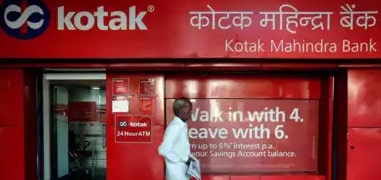The exchange rate of the Indian rupee is an important factor in the country’s economy. It affects trade, investment, and other economic activities. There are several factors that influence the exchange rate of the Indian rupee, and understanding them is crucial for policymakers and investors alike.
One of the primary factors that affect the exchange rate of the Indian rupee is the supply and demand of the currency in the global market. If there is a high demand for the rupee, its value increases, and vice versa. The demand for the rupee is affected by various factors, such as the country’s economic growth, inflation rate, and political stability. For instance, if India’s economy is growing at a healthy rate, foreign investors may find it attractive to invest in the country, leading to an increase in demand for the rupee.
Another factor that influences the exchange rate of the Indian rupee is the country’s balance of payments. The balance of payments is a record of all transactions between a country and the rest of the world, including trade, investments, and financial flows. If India has a surplus in its balance of payments, it means that it is exporting more goods and services than it is importing. This leads to an increase in the demand for the rupee, and hence, an appreciation in its value.
The interest rates set by the Reserve Bank of India (RBI) also play a crucial role in determining the exchange rate of the Indian rupee. If the RBI raises interest rates, it becomes more attractive for foreign investors to invest in Indian assets, leading to an increase in the demand for the rupee. This, in turn, leads to an appreciation in the value of the currency. On the other hand, if the RBI cuts interest rates, it becomes less attractive for foreign investors to invest in India, leading to a decrease in demand for the rupee and depreciation in its value.
Political stability is another factor that influences the exchange rate of the Indian rupee. Political instability and uncertainty can lead to a decrease in the demand for the rupee, as investors become wary of the risks involved in investing in the country. On the other hand, if the country has a stable government, it can lead to an increase in the demand for the rupee, as investors feel more confident about investing in the country.
In conclusion, the exchange rate of the Indian rupee is influenced by various factors, including the supply and demand of the currency in the global market, the country’s balance of payments, interest rates set by the RBI, and political stability. Understanding these factors is crucial for policymakers and investors alike, as they can help in predicting and managing the fluctuations in the exchange rate of the Indian rupee.










